Artificial Tasting Tongue Created
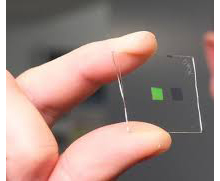 Scientists have produced an artificial tasting tongue. It is made from sub-microscopic slices of gold and aluminium which create ‘tastebuds’ that are around 500 times smaller than the human equivalent. Subtle differences in how the metals absorb light allow the ‘tongue’ to identify individual spirits with more than 99% accuracy. Picking up differences in complex chemical mixtures, sometimes resulting from barrel type and length of maturation, it is hoped that the ‘tongue’ will be used to identify counterfeit products. Artificial tongues have been produced before, but this is the first time that two different types of nanoscale metal ‘tastebuds’ have been used so the results are faster and more accurate. So, is this a threat to our industry’s sommeliers? Perhaps not. It may well be more sensitive than the most highly tuned palates, but it cannot describe taste nor identify balance, skills which we specialise in here at Hermitage Cognacs. Those skills are of course subjective but put together with experience and knowledge of the marketplace our sommeliers and competition judges are certainly not out of a job yet. However, those who choose to undermine the industry by flooding the market with fake goods should take note.
Scientists have produced an artificial tasting tongue. It is made from sub-microscopic slices of gold and aluminium which create ‘tastebuds’ that are around 500 times smaller than the human equivalent. Subtle differences in how the metals absorb light allow the ‘tongue’ to identify individual spirits with more than 99% accuracy. Picking up differences in complex chemical mixtures, sometimes resulting from barrel type and length of maturation, it is hoped that the ‘tongue’ will be used to identify counterfeit products. Artificial tongues have been produced before, but this is the first time that two different types of nanoscale metal ‘tastebuds’ have been used so the results are faster and more accurate. So, is this a threat to our industry’s sommeliers? Perhaps not. It may well be more sensitive than the most highly tuned palates, but it cannot describe taste nor identify balance, skills which we specialise in here at Hermitage Cognacs. Those skills are of course subjective but put together with experience and knowledge of the marketplace our sommeliers and competition judges are certainly not out of a job yet. However, those who choose to undermine the industry by flooding the market with fake goods should take note.

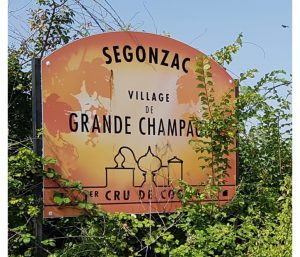 The Charentais have returned from their holidays confident in the knowledge that last years’ exports of cognac reached record highs. They are now busy worrying about when they can start the cognac harvest. The weather has been good and the vines have ripened well, the sun is shining and there is every prospect of another good harvest in Autumn 2019. Harvesting machines are at the ready and the grapes have been tested for their pH and sugar content, so what’s stopping them? Well, for one cognac producer, the discovery of 140 million year old dinosaur bones under the vines of his vineyard near Angeac has resulted in a group of scientists moving in. It is believed that the bones are from one of the biggest dinosaurs ever found in France and are just a little older than the
The Charentais have returned from their holidays confident in the knowledge that last years’ exports of cognac reached record highs. They are now busy worrying about when they can start the cognac harvest. The weather has been good and the vines have ripened well, the sun is shining and there is every prospect of another good harvest in Autumn 2019. Harvesting machines are at the ready and the grapes have been tested for their pH and sugar content, so what’s stopping them? Well, for one cognac producer, the discovery of 140 million year old dinosaur bones under the vines of his vineyard near Angeac has resulted in a group of scientists moving in. It is believed that the bones are from one of the biggest dinosaurs ever found in France and are just a little older than the 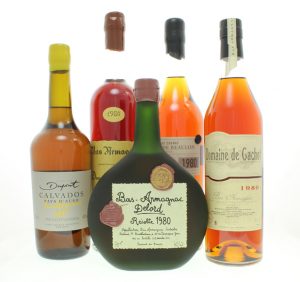 We have spent many years searching for a 40 Year Old Cognac that meets our standards and so it is very exciting to report that the
We have spent many years searching for a 40 Year Old Cognac that meets our standards and so it is very exciting to report that the 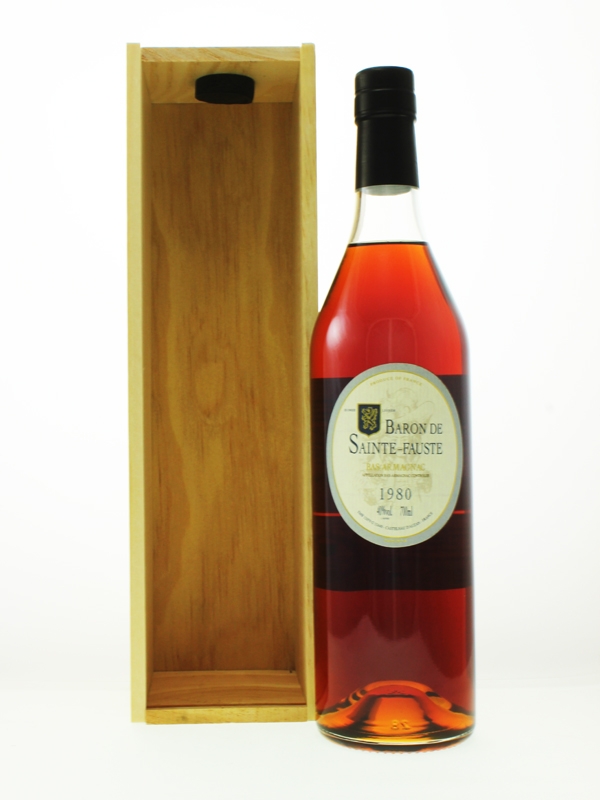
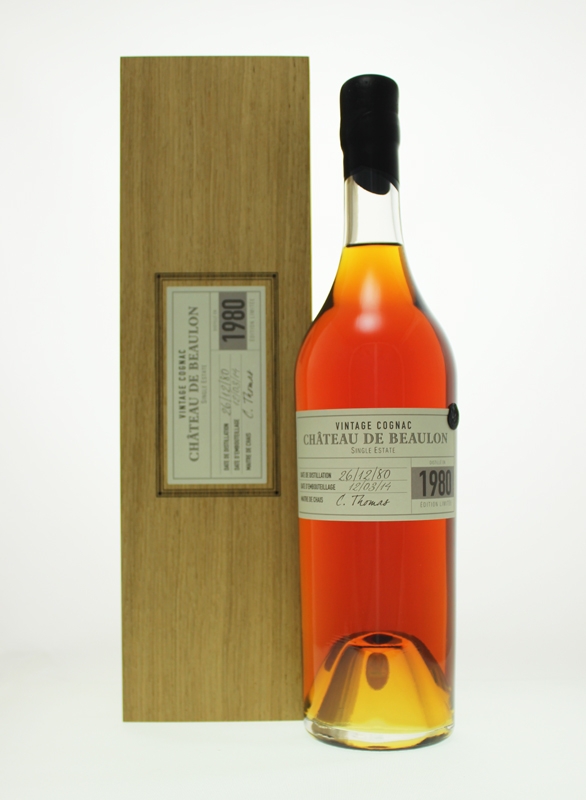
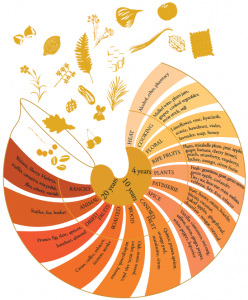 For many years we have been using a very impressive aroma wheel, set up by the BNIC, to help us describe the different aromas detected in cognac. I suppose it was inevitable that the Armagnaҫais would come up with something similar. So, instead of a wheel,
For many years we have been using a very impressive aroma wheel, set up by the BNIC, to help us describe the different aromas detected in cognac. I suppose it was inevitable that the Armagnaҫais would come up with something similar. So, instead of a wheel, 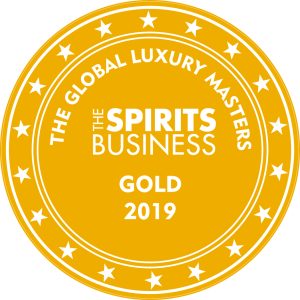 Not only have we had a record year with the introduction of new
Not only have we had a record year with the introduction of new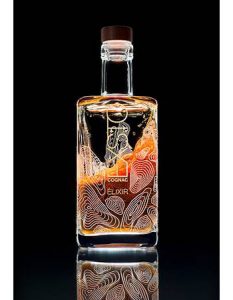 Exsto Cognac has been created by two French women, sommelier Julie Dupouy and entrepreneur Sabrine Duong. Their idea was to make a cognac from a “female point of view”, not “an old man’s type of drink” nor made in a traditional way through the sole vision of a family-run cognac maker. They picked 8 eaux-de-vie from 15
Exsto Cognac has been created by two French women, sommelier Julie Dupouy and entrepreneur Sabrine Duong. Their idea was to make a cognac from a “female point of view”, not “an old man’s type of drink” nor made in a traditional way through the sole vision of a family-run cognac maker. They picked 8 eaux-de-vie from 15  While Baijiu is the undisputed national spirit of China,
While Baijiu is the undisputed national spirit of China, 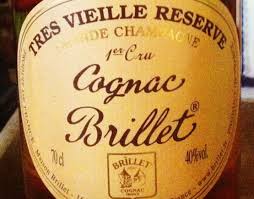 Rémy Cointreau is in negotiations to buy Maison J.R.Brillet, a
Rémy Cointreau is in negotiations to buy Maison J.R.Brillet, a 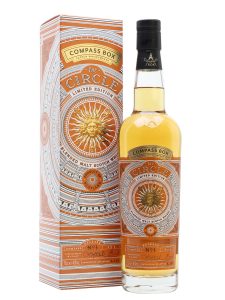 Scottish whisky blender, Compass Box, has released a new spirit drink comprising calvados & whisky. The calvados, from the
Scottish whisky blender, Compass Box, has released a new spirit drink comprising calvados & whisky. The calvados, from the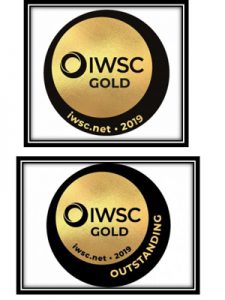 The IWSC 2019 Awards have just been announced and we are delighted to report that Hermitage Cognacs are once again amongst the winners with three cognac gold medals.
The IWSC 2019 Awards have just been announced and we are delighted to report that Hermitage Cognacs are once again amongst the winners with three cognac gold medals.